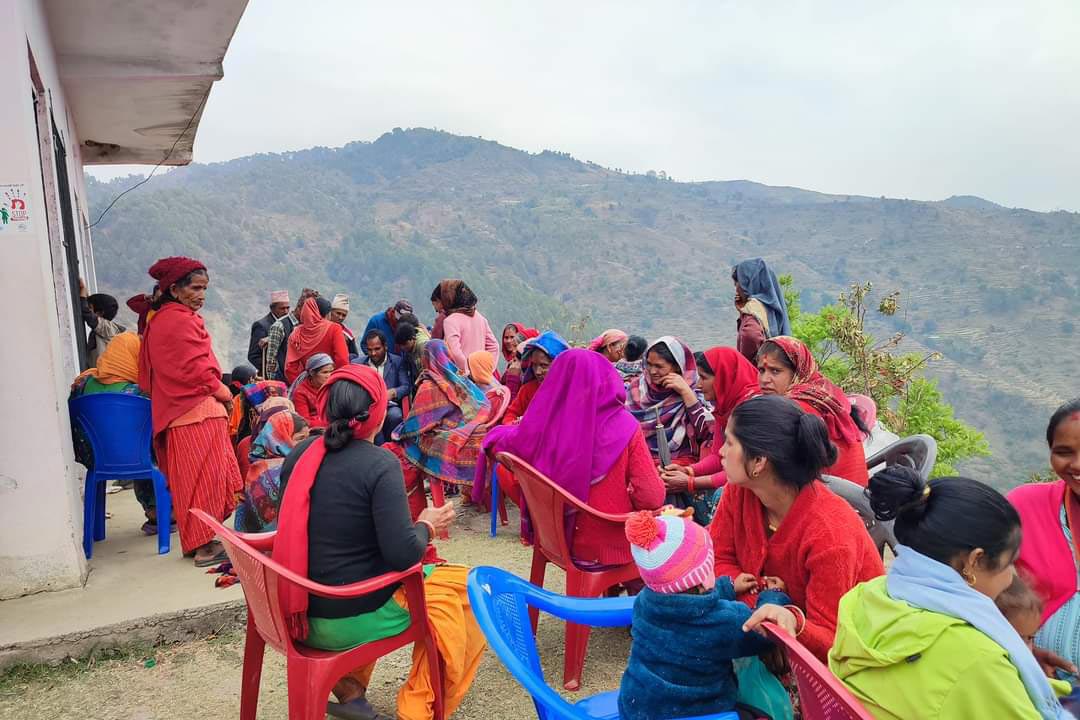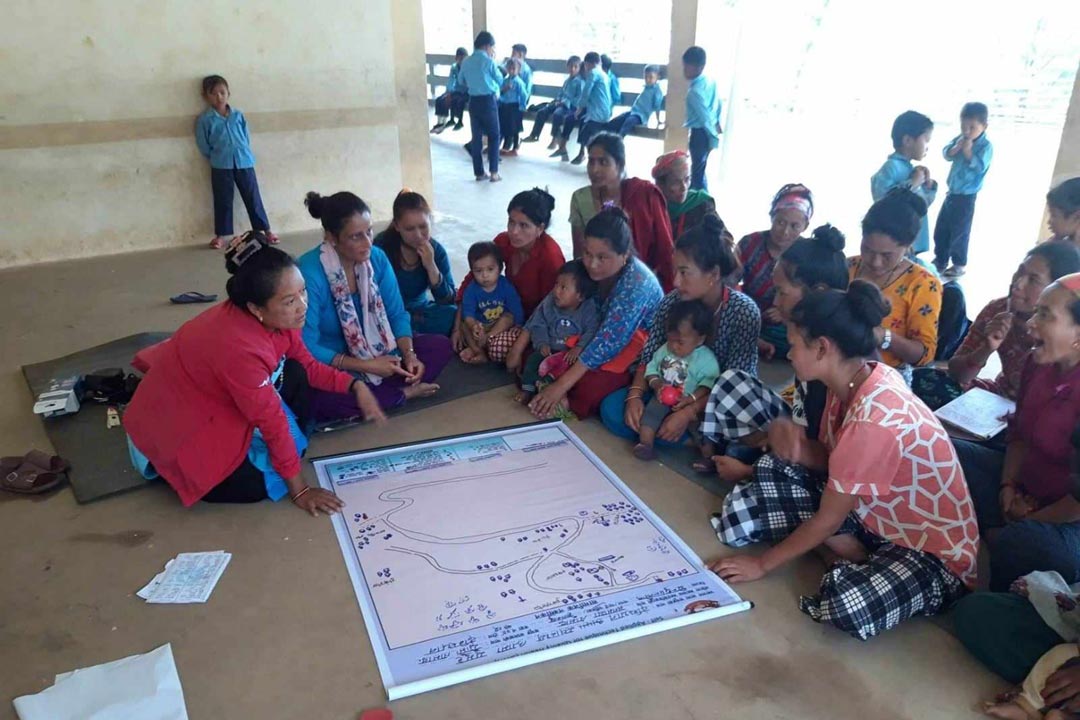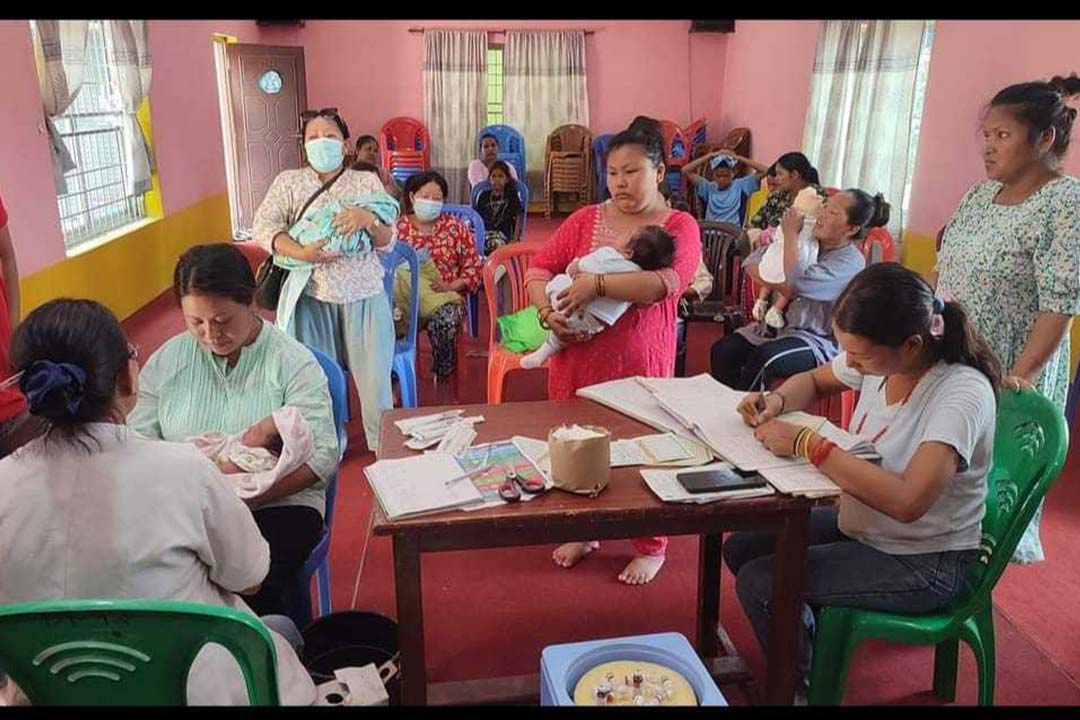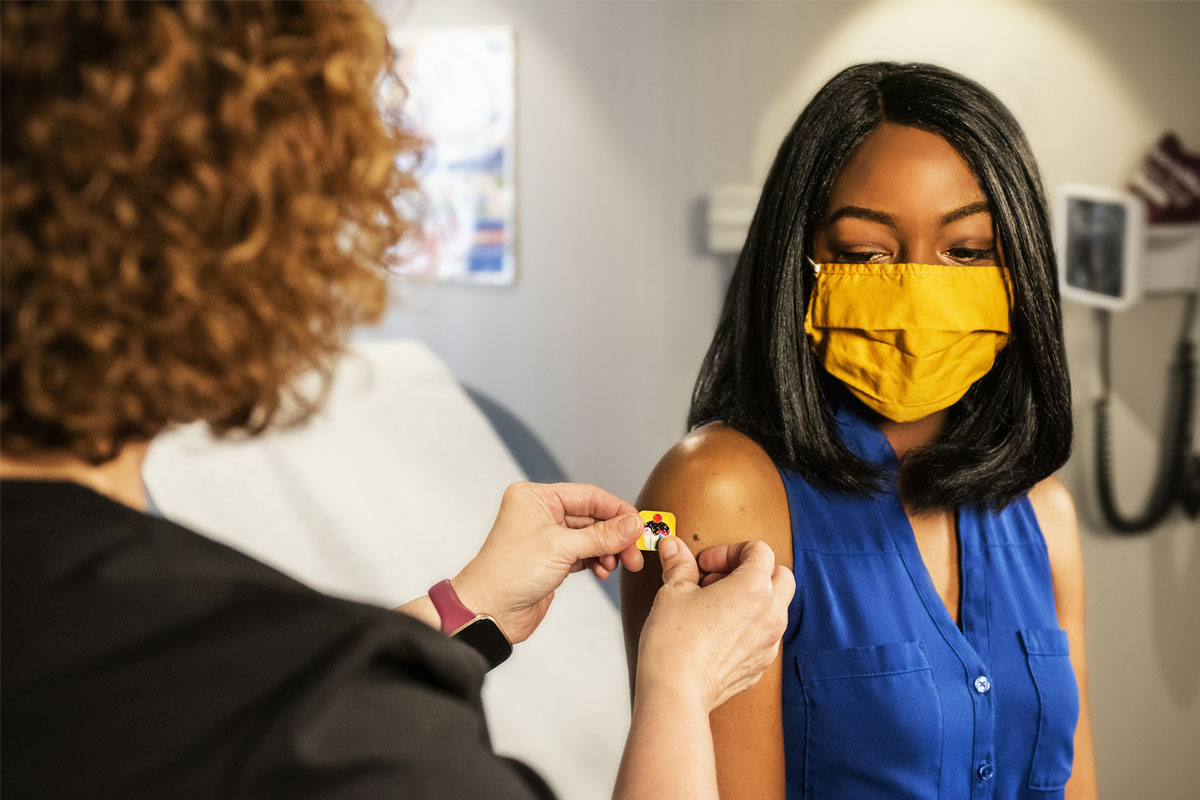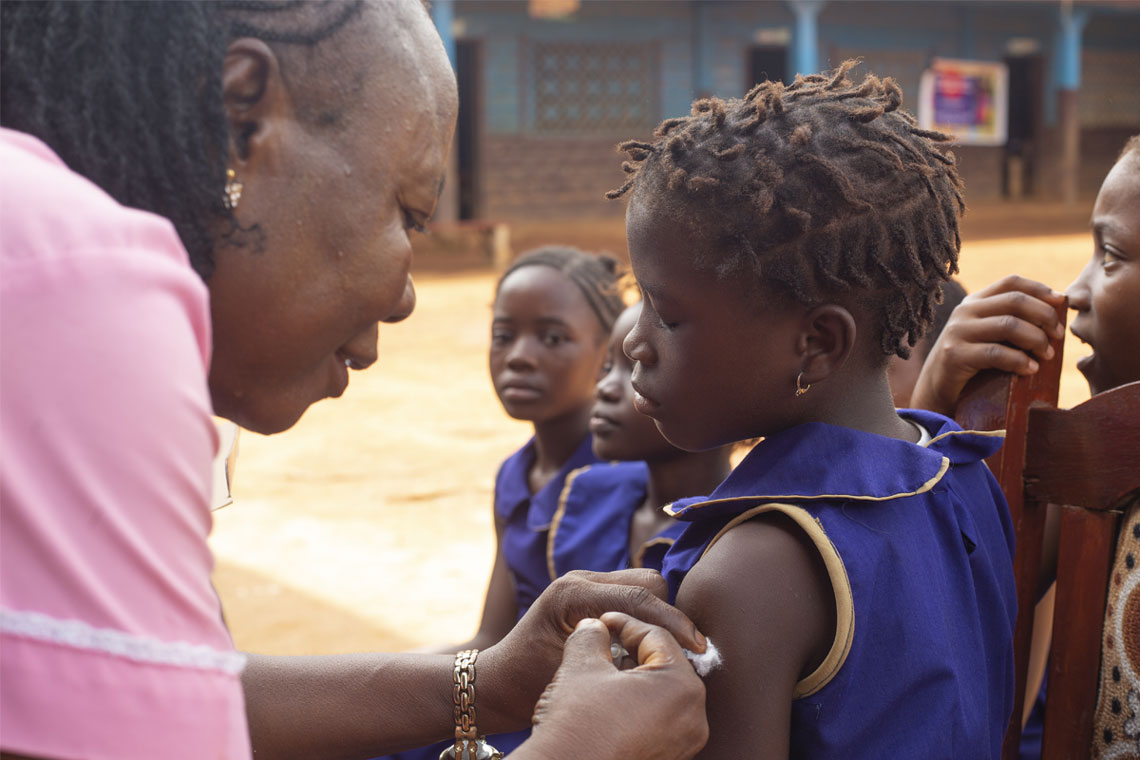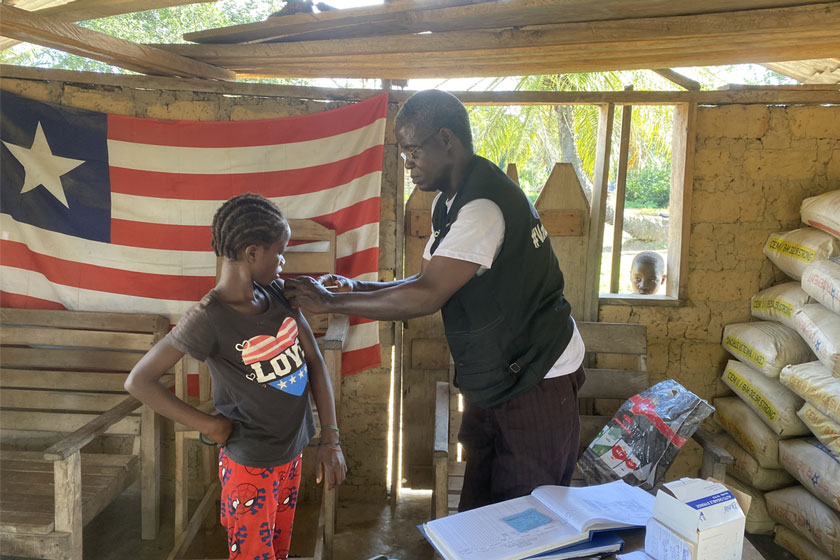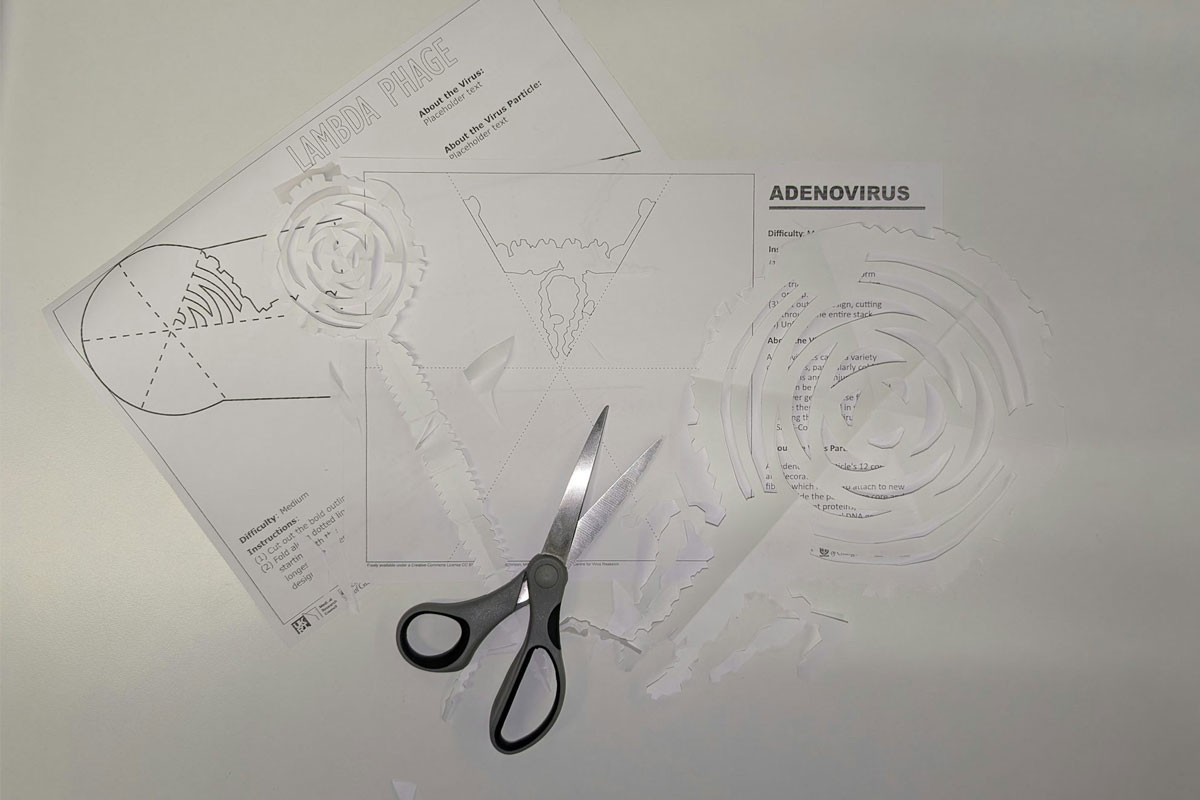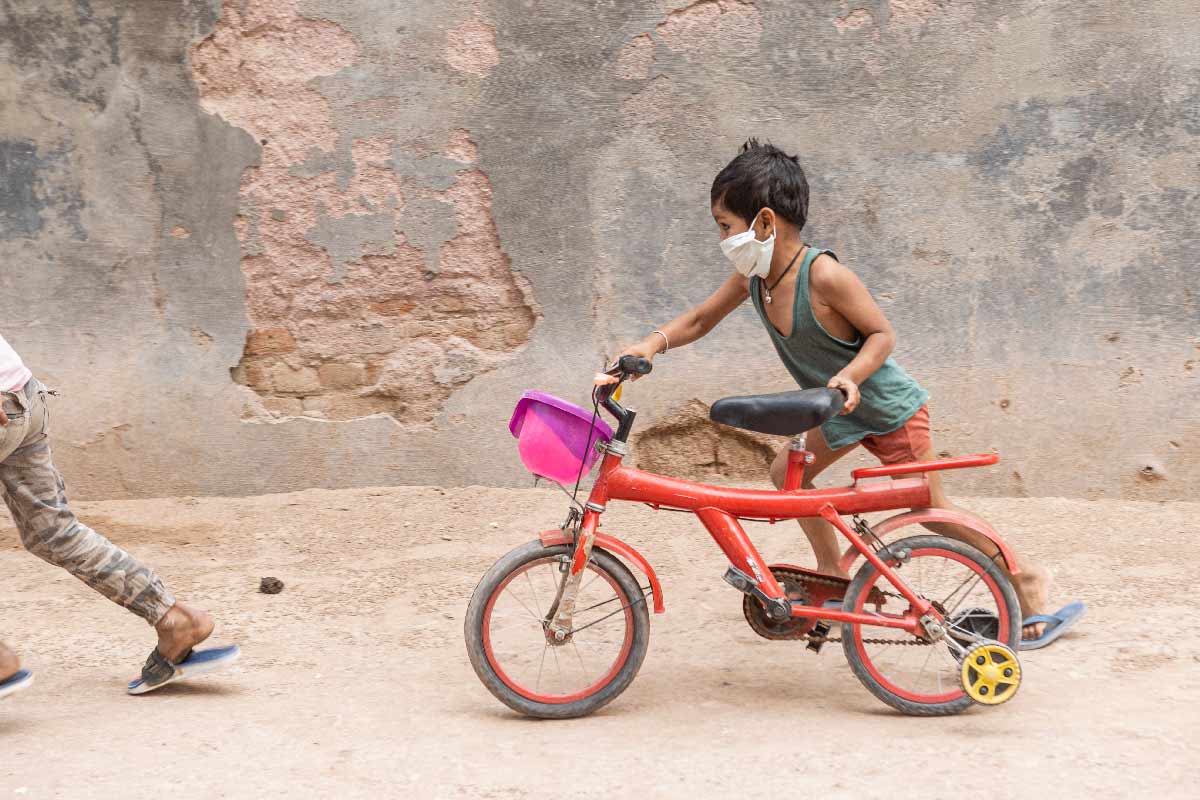In rural Nepal, HPV vaccination gives out-of-school girls a shot at healthy adulthood
In Narainapur, finishing school is not a given. But for these girls, dropping out doesn’t mean missing out on access to healthcare.
- 11 June 2025
- 4 min read
- by Chhatra Karki

In February, on the campus of the Adarsha Secondary School in Laxmanpur, in Nepal’s Narainapur Rural Municipality, Amina Bhand got in line for her dose of the cervical cancer-blocking human papillomavirus (HPV) vaccine. Nationwide, 1.6 million girls aged between 10 and 14 years were being offered the jab, most of them receiving it during similar, in-school immunisation sessions.
Bhand opted in without reservations: class representative and year-topper, the 14-year-old has her sights set on a future in healthcare. “I want to become a nurse, but I will decide where to study only after completing my Secondary Education Examination,” she said.
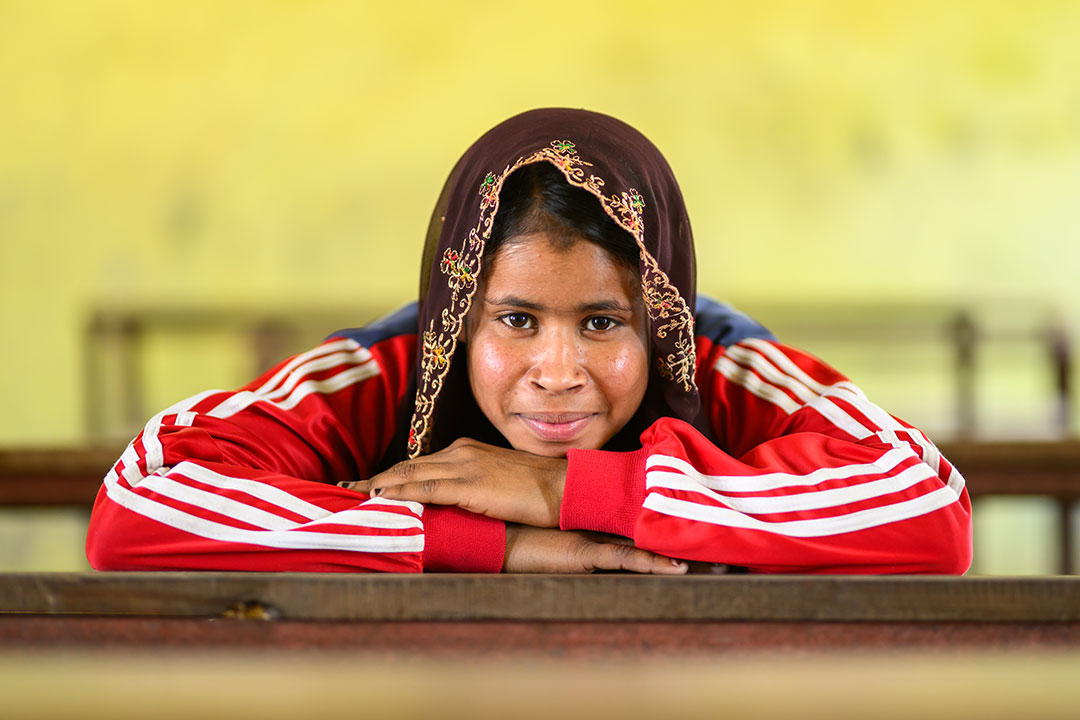
Gavi/2025/Ajay Maharjan
She knows she’ll have to fight for the life she’s planning on. Born into a poor, rural, Muslim community, higher education is not a given for a girl like Bhand. In fact, she explains, many of her cohort have left school already: “Child marriage is common in our village. Girls bear children at a young age,” she says.
Fighting for their futures
Those girls may miss out on schooling and other opportunities, but they still deserve a shot at a healthy adulthood. Cervical cancer is the second commonest and the single deadliest cancer among Nepalese women. Experts have lauded the Gavi-supported public roll-out of the HPV vaccine as a “milestone for women’s health”: the jab, which has been found to be capable of preventing more than 90% of cases of cervical cancer, has the potential to save well over a thousand lives a year in Nepal.
“To prevent health issues like cancer, all girls should get vaccinated,” Bhand says. Fortunately, that’s not just one girl’s opinion, but government policy.
Have you read?
Out of school, not beyond reach
Rehana Darji, also 14, lives in Balapur, just a few kilometres away from Laxmanpur. Darji left school after receiving a basic education from a local madrasa. Now, she says, “I wash dishes and work in the fields. My family is poor, but I want to study if I get the opportunity.”
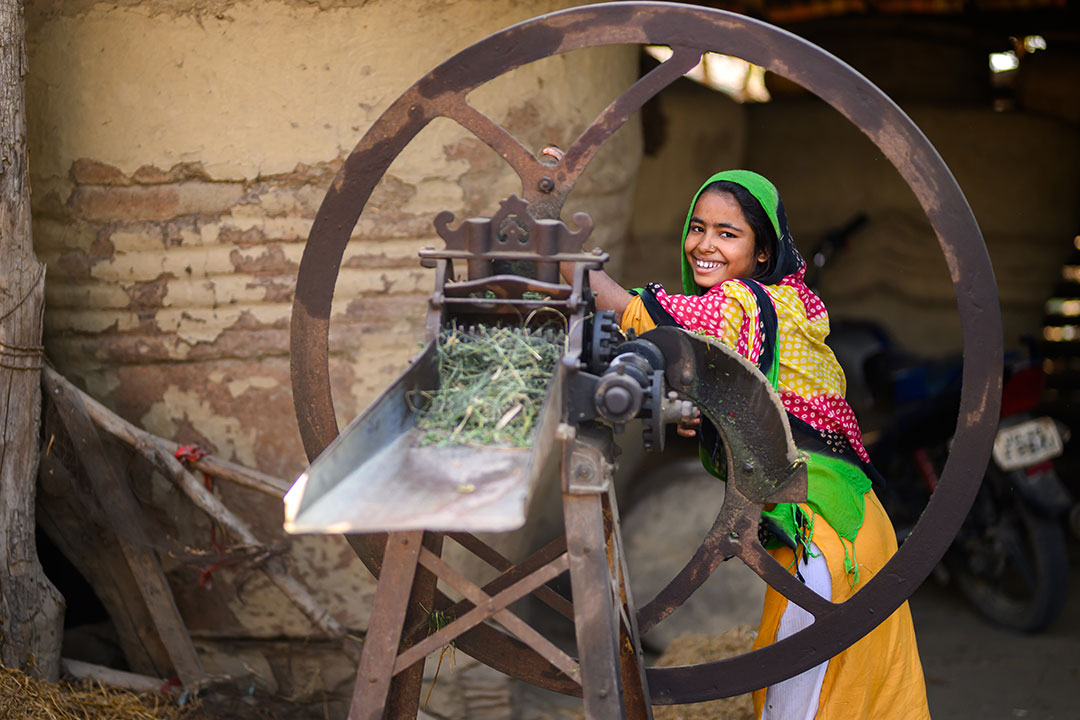
Gavi/2025/Ajay Maharjan
Although Nepal’s introductory HPV campaign made heavy use of schools as immunisation sites – 18,900 educational institutions briefly doubled as vaccination centres during the February drive – reaching girls like Darji was a strategic priority. “I learned from health workers that this vaccine prevents cervical cancer,” Darji said. “I am glad I will not get this cancer in the future.”
Sonu Devi Bishwakarma, 12, who dropped out of school after Grade 2, reported having “no issues” accessing the jab. Temporary vaccination camps, set up by health workers and Female Community Health Volunteers (FCHVs) served as an important means of reaching out-of-school girls. Bhand reports informing many of her out-of-school friends about the vaccine, who subsequently reached out for their dose via the local primary health care centre.
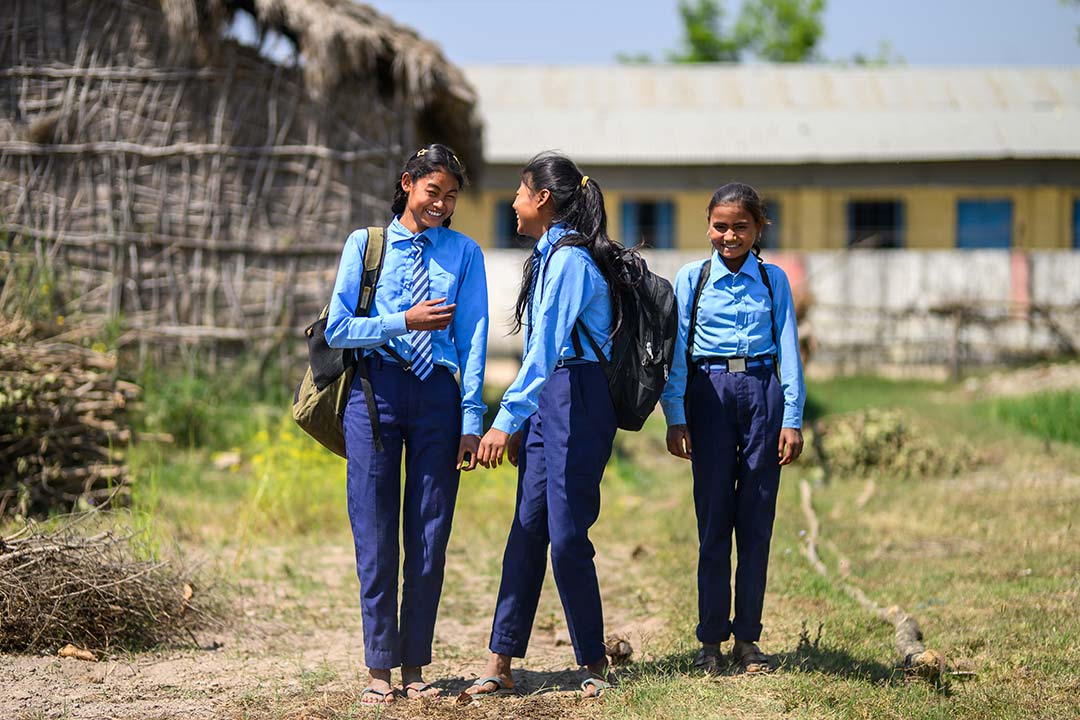
Gavi/2025/Ajay Maharjan
But according to Mohammad Taiyab Raeen, In-charge of Kalaphanta Health Post in Narainapur Rural Municipality, reaching all of the out-of-school girls in his clinic’s catchment area also required a little bit of flexibility. “We vaccinated two girls during a marriage ceremony,” he told VaccinesWork. “Fifteen to twenty others showed up, seeing that. Apparently, vaccination campaigns are more effective when they are community-based.”
Further to go
While Raeen notes that many parents expressed gratitude for the free-of-charge provision of an otherwise expensive vaccine, he and other people involved in the campaign acknowledged that providing equitable access to a relatively unfamiliar vaccine has thrown up challenges, too.
Anil Kumar Yadav, a vaccinator in Nairainapur, explained that false rumours about the vaccine had begun to circulate already before the roll-out. Arju KC, a veteran Auxiliary Nurse Midwife (ANM), encountered similar hesitancy. “Gaining trust was difficult because the vaccine was related to reproductive health, which people are not mostly open about.” Poverty and low levels of education in Nairainapur – a part of the country with a large population of disadvantaged people – have “deprived people [here] of awareness about vaccines”.
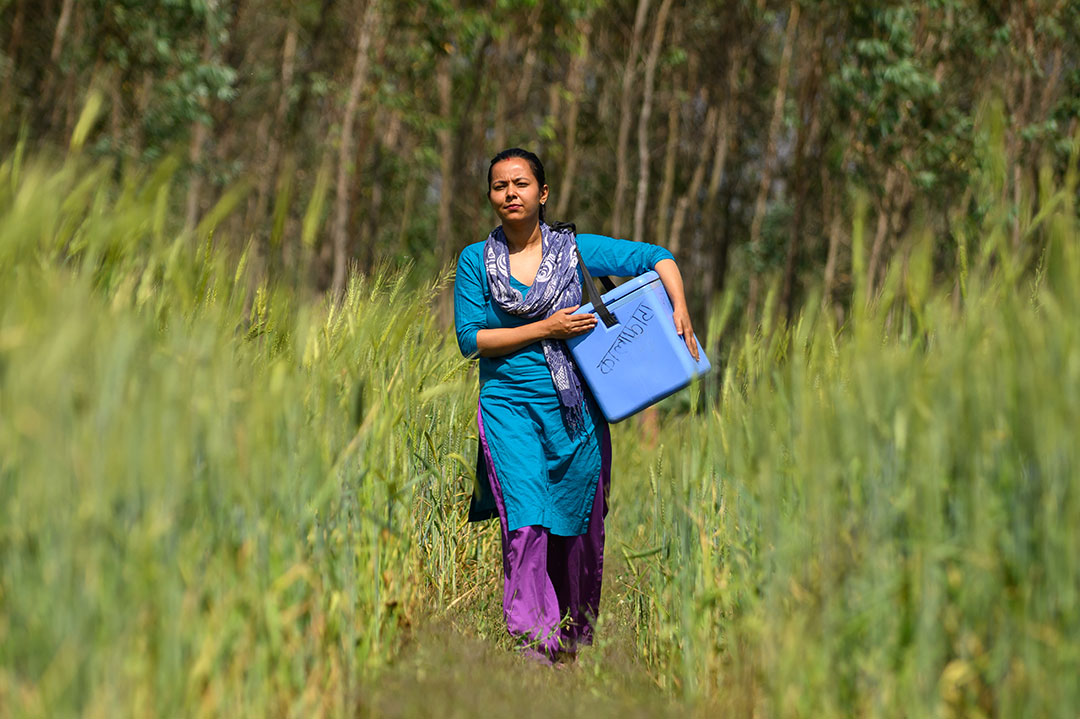
Gavi/2025/Ajay Maharjan
In that sense, the health teams and their allies in education were playing catch-up. “It was challenging to explain to the importance of the vaccine to students and parents. With some convincing, all the 75 girls studying in grades six to ten have received HPV vaccines,” said Trilokinath Maurya, the principal of Adarsha Secondary School.
By April, health leaders in Narainapur reported meeting their vaccination targets. But in pockets of the municipality, coverage among out-of-school girls still lagged behind their schoolgoing counterparts.
Local health workers are confident that they can make up the shortfall. “Joint efforts from mothers’ groups, health workers, maulanas, mullahs and local representatives can play a significant role in bringing people together,” Raeen said.
Meanwhile, Nagaendra Kumar Shah, Health Inspector of Narainapur Rural Municipality, Banke, expressed optimism. “Initial efforts have made the locals realise that the vaccine is crucial in protecting women from cancer,” he said. “We will vaccinate the missed girls in the next phase.”
